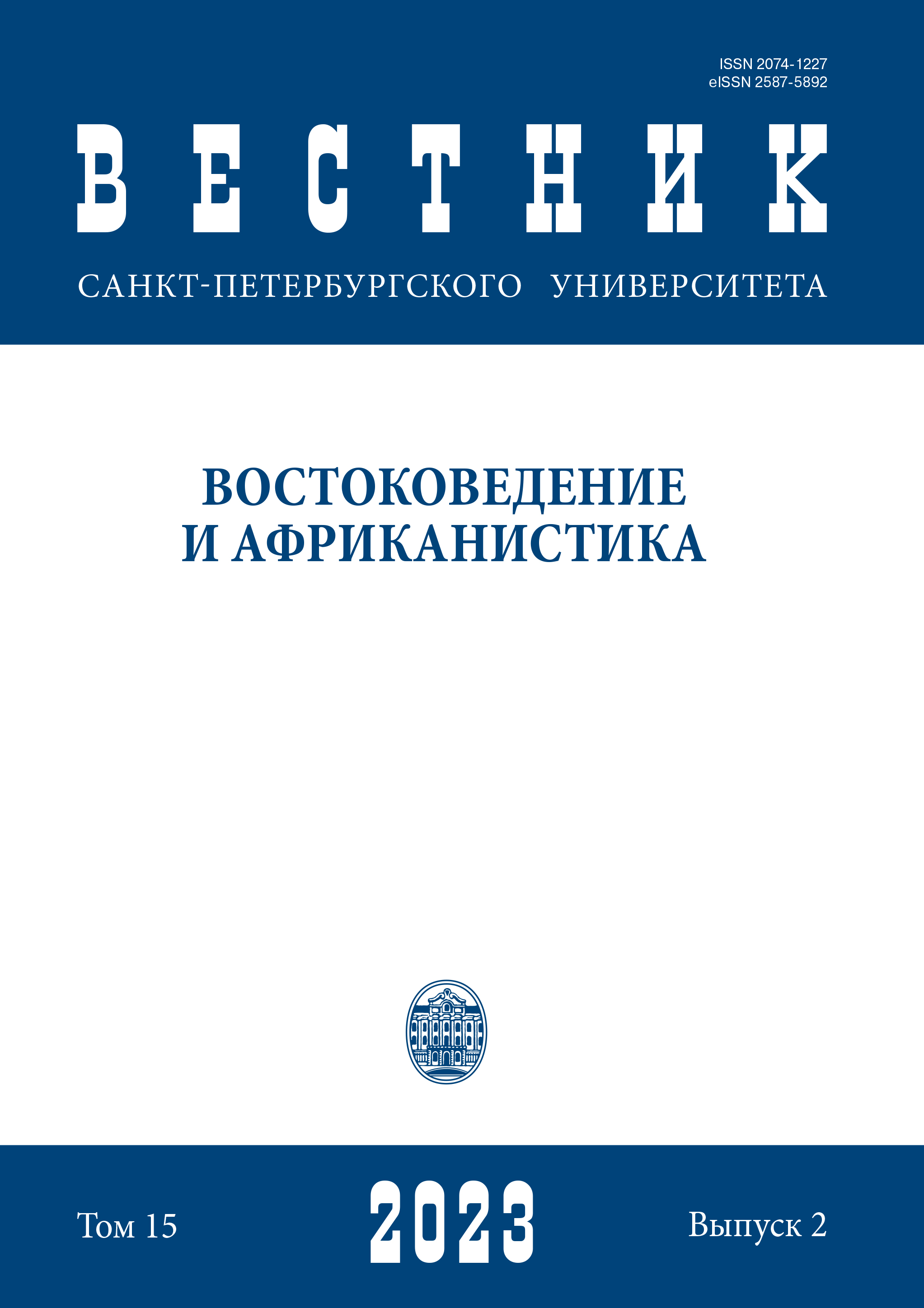West African Immigration to Sudan: Areas of Settlement, Interaction with Sudanese Tribes and Cultural Characteristics
DOI:
https://doi.org/10.21638/spbu13.2023.210Abstract
The paper addresses the actual topic of migrations that have been occured for centuries on the African continent. The authors analyze the routes of West African pilgrims who made the hajj to Mecca, the reasons and areas of settlement of these groups in the territory of modern Sudan. It is described in detail about the ethnonyms which sudanic people use for “alien” population, paying special attention to the terms “takrur” and “fellata”. Despite the preservation of their native language, the settlers mastered the Arabic language and culture. West African migrants try to live in compact groups together with their compatriots in various areas of the Sudanese state. Their settlements are located in Jibal Nuba (Kordofan), in Darfur, on the banks of the Blue Nile and even in Eastern Sudan, not to mention the Sudanese capital and other major cities. A large group of Takrur has been living for several centuries on the border of Sudan and Ethiopia, in an area known in Arabic as Ras al-fil (Elephant’s Head). Attention is drawn to their quite peaceful interaction with local Arab tribes, such as, for example, the Dabaina. Natives of West Africa were early involved in the orbit of Sufi orders, as reported in Ibn Daifallah’s large-scale work “Kitab at-Tabaqat”. Some people from Takrur themselves were active propagandists of both official and Sufi Islam in Sudan. Religious and economic factors undoubtedly had a huge impact on the waves of migration to the area of modern Sudan. The authors refer to the works of Western, Russian, Sudanese and Nigerian researchers, the reports of early Arab geographers thereby summarizing the phenomena, information about the regions, resettlement, and people from the observations in Sudan.
Keywords:
fellata, takrur, Sudan, migration, West African pilgrims, Islam
Downloads
References
Downloads
Published
How to Cite
Issue
Section
License
Articles of "Vestnik of Saint Petersburg University. Asian and African Studies" are open access distributed under the terms of the License Agreement with Saint Petersburg State University, which permits to the authors unrestricted distribution and self-archiving free of charge.





